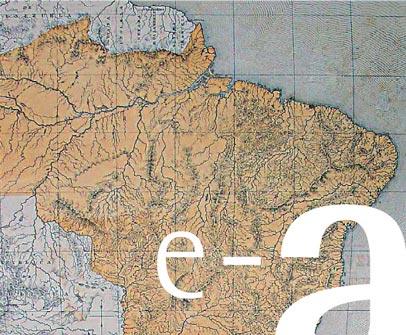Texts and neckerchiefs: federalism representations in the Rio-Grandense Republic (1836-1845)
DOI:
https://doi.org/10.11606/issn.1808-8139.v0i1p54-66Keywords:
Rio Grande do Sul, war, Brazilian Empire, regional identity, press, political representationsAbstract
The Farrapos War was the longest rebellion of the regency period, and for almost ten years the rebels of Rio Grande do Sul sought to legitimate their movement against the Brazilian Empire. In this sense, the liberal, republican and federalist ideas, which have spread out from the May Revolution in the Prata River, gained support between some of the leaders of the Rio-Grandense Republic. Aware that the press could be used as an efficient mean of propaganda, the insurrect government successively edited its official periodicals. Besides these texts, there was also the influence of the symbols diffused in the countries of the Prata, specially the color red. Incorporated into the flag of the Rio-Grandense Republic, along with the green and yellow colors from the imperial banner, the tricolor symbol was made compulsory, following the model created by Rosas in the Argentine Confederation. The use of red neckerchiefs by the mob-filled troops was easier and this habit went straight into the nineteenth century.Downloads
Download data is not yet available.
Downloads
Published
2005-05-01
Issue
Section
Articles
License
In the Editorial Guidelines, available in the website, readers are informed that all authors transfer to Almanack Braziliense the exclusive rights of reproduction of submitted manuscripts, implying acceptance of all items listed in the “Submission Guidelines” page. Authors are also informed that they are fully responsible for the reproduction rights of the images they provide.
The Journal has no constraints regarding the free reproduction of the texts available in the website, either by printing, photocopying or by any other means of reproduction.



